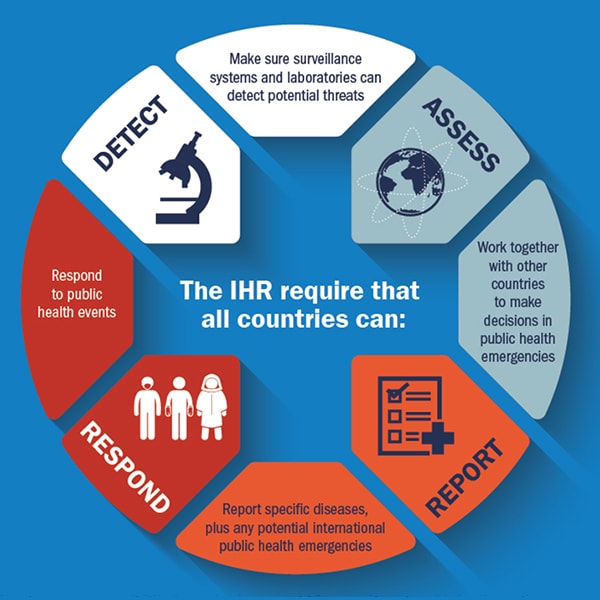Understanding Different Types Of Hernias And Also The Doctor'S Function

Uploaded By-McClellan Eriksen
A hernia takes place when fat or part of the intestine presses via muscle that should be holding it back. This can be uncomfortable, and it normally won't go away on its own.
In some cases hernias need to be dealt with operatively. That's when physicians consider alternatives like launching muscles, enhancing the abdominal wall surface or component splitting up.
Inguinal hernia
A tiny part of the intestine jabs via a weak spot in your abdominal muscles near your groin (the inguinal canal is a passage in the lower part of your abdomen that houses blood vessels as well as nerves, including the spermatic cord for guys as well as the tendons that sustain a lady's uterus). Inguinal Hernia Surgery 3d Medical Animation can have this hernia fixed surgically.
Throughout surgical treatment, your doctor can see the hernia making use of a camera attached to a scope that is put via several little cuts on your belly. An additional device may be inserted via the very same cuts to aid repair the hernia.
After hernia fixing, it's important to follow your physician's guidance for staying clear of problems. This implies reporting any type of hernial pain or discomfort that reoccurs, or becomes worse. It's likewise important to prevent hefty lifting and stressing, particularly while you're urinating or coughing. A hernia that ends up being trapped as well as squeezed sheds its blood supply (it's called imprisonment) as well as can pass away, which is a medical emergency.
Umbilical hernia
In the womb, children go through a tiny opening between their abdominal wall surface muscular tissues near the stubborn belly switch (umbilicus). Typically this shuts before birth, however occasionally it does not. This creates a hernia in 20 percent of all infants.
Umbilical hernias look like a swelling or bulge in the stubborn belly switch. They are most visible when an infant cries or pressures. visit the up coming post will certainly obtain smaller or vanish when the child is tranquil. Periodically, umbilical ruptures obtain stuck (called jailed) and also do not obtain appropriate blood supply. This can cause pain and even death of the tissues in the hernia cavity.
Most umbilical hernias will shut without treatment by themselves by age 4. When they do not, medical professionals at Mount Sinai commonly fix them with mesh. This technique is connected with fewer reappearances than primary stitch fixing. The surgical treatment is done through a tiny laceration inside or listed below the stubborn belly button. A surgical mesh is put over the hernia site to give long-lasting strength.
Incisional hernia
This kind of hernia takes place at the site of a previous medical wound. It typically takes place when a loop of the intestine slips with the weakness beside a surgical injury that has failed to recover correctly because of infection or injury.
This is a harmful hernia since the intestine can come to be incarcerated as well as require immediate clinical treatment. It can also cause chronic pain, as well as the hernia might reoccur also after surgical treatment.
The cosmetic surgeon could make use of a thin, lighted extent (called a laparoscope) to make a number of little lacerations (cuts). Via these incisions, they may get rid of excess fat and cells around the hernia as well as fix the weak location of the abdominal wall surface. They could also put in a mesh spot that holds the sticking out intestinal tract and also stops it from pushing through once more. They could shut the hernia with dissolvable sutures or medical glue as well as location a plastic or mesh graft over the weak point in the abdomen.
Hiatal hernia
One of the most typical sort of hiatal hernia is a moving (kind I) hernia. This happens when the junction between your esophagus and also belly extends up through the gap in your diaphragm right into your upper body tooth cavity. This can trigger heartburn as well as trouble ingesting.
Bigger hernias, called paraesophageal (type II, III and IV) or diaphragmatic (type V) ruptures, can be very hazardous as well as might require prompt surgical treatment. These can bring about lung issues and pneumonia, or can squeeze the stomach so snugly that its blood supply is removed.
BWH thoracic cosmetic surgeons perform laparoscopic surgery to lower the size of ruptures and to prevent strangulation. This includes making a couple of little cuts in your stubborn belly as well as inserting a tube with a video camera that sends out images to a display. This permits specialists to see what they are doing as well as gives a far better healing.

